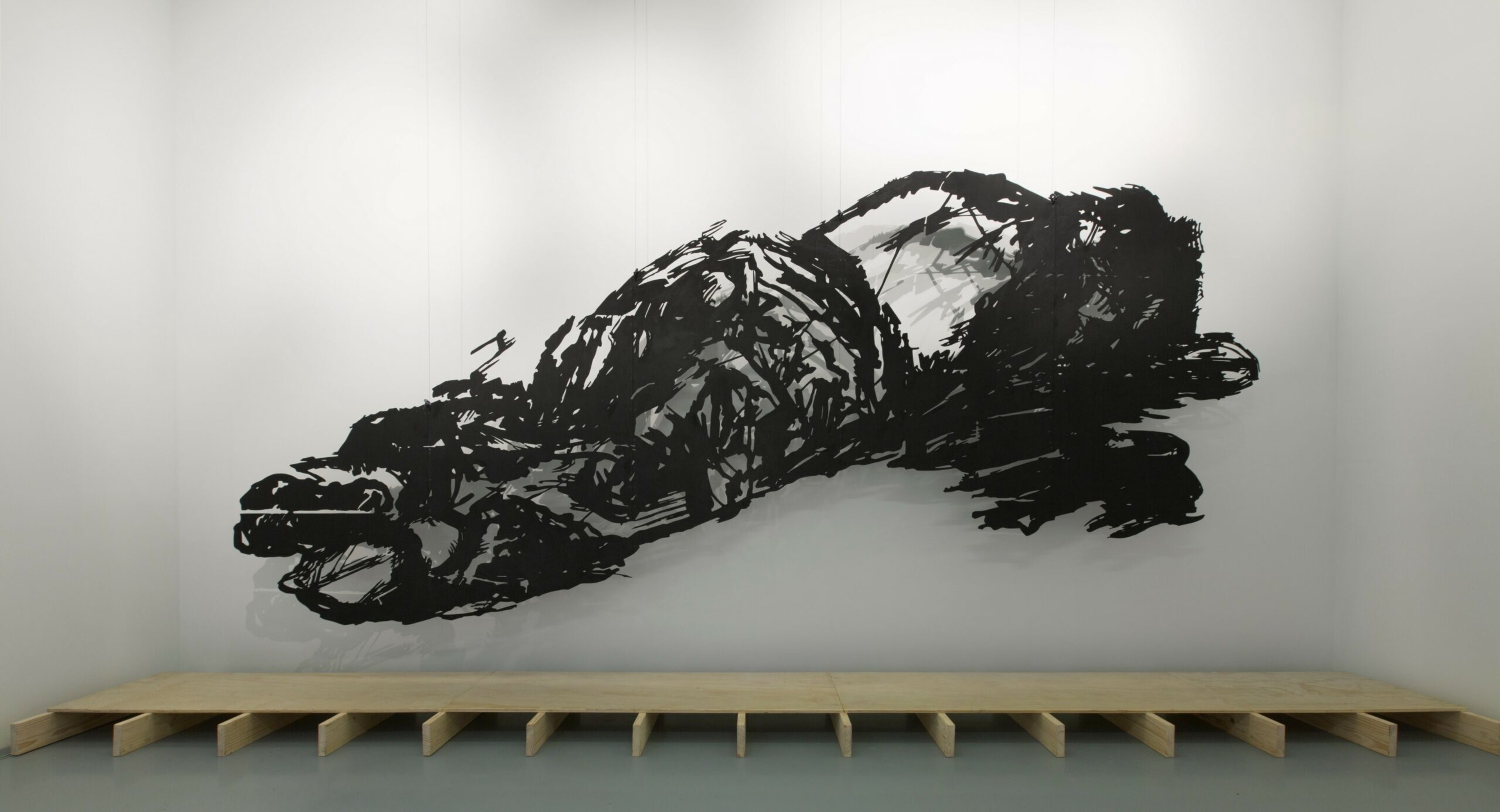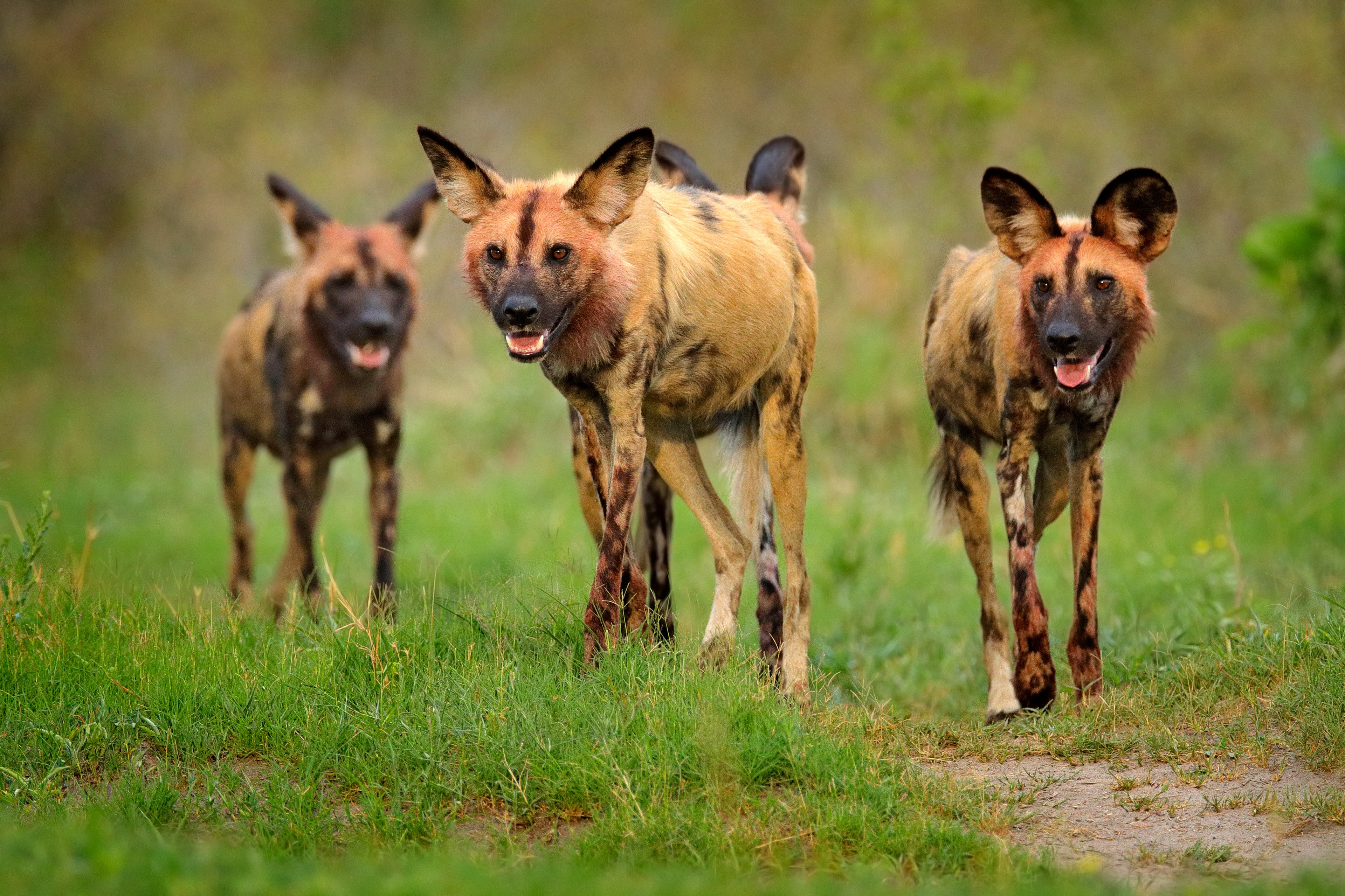"I want the Council of Contributors to always be a reliable and responsive resource."
Council of Contributors founder Kennedy Zakeer never thought a career in conservation would be accessible to her. After decades of success as an advertising executive in America, Kennedy landed a job in Durban in 2000. South Africa's culture of conservation had a profound impact on her. By fluke, she landed a volunteer position at a rhino orphanage. To use Kennedy's words, "she fell, head over heels" forming an unbreakable bond with this critically endangered species. That bond ended in tragedy when both orphans, just two weeks away from their release back into the wild, were shot in their pens by armed poachers during a break-in at the facility.
The single greatest threat to the survival of the rhino species is poaching, with at least one rhino killed daily for its horn. In response to this crisis and in honor of those two slain rhino orphans, Kennedy founded the Council of Contributors in 2017. Underpinning the CoC's every action is a fervent belief in harnessing the power of the collective. As Kennedy says, "we all have to be contributors and do our part."
The complexities of rhino conservation
Today, there are approximately 27,000 rhinos left, with over 70% of that number found in South Africa and an astonishing 52% of them residing on private land. With little support from the government, the burden to protect these precious rhinos from poachers rests solely on the shoulders of the private landowners. Many of them, Kennedy tells us, patrol their reserves nightly in bulletproof vests with no backup support.
Rhinos’ gentle, somewhat stationary nature makes them sitting targets for poaching syndicates. They're easy to spot, and their horns are currently one of the black market's most valuable commodity, valued at $60,000 a kilo. And demand in China and Vietnam is through the roof. Stretching beyond long-held cultural beliefs and use in traditional medicine (there is zero scientifically proven benefit to rhino horn, which like human nails and hair, is composed of keratin), rhino horn has become a status symbol of wealth and power. Buyers are now sprinkling ground horn into glasses of wine at dinner parties and stockpiling raw horn discs in safes, hoping for the species' demise and in turn, a hefty payday.
Protecting these ancient creatures that have walked our planet for fifty million years is an around-the-clock commitment. It's also extremely expensive, requiring air, ground, canine, and veterinary support, which is out of reach for most private landowners. This vacuum is where the agile nature of the Council of Contributors steps in.
The Council of Contributors
To the question of 'why another NGO?' Kennedy responds, “I wanted to take advantage of my incredible network, raise funds in the States, and approach conservation project-by-project. I thought, let's build relationships in the rhino area and be an extension of support for them." The CoC is a small and nimble organization with little to no red tape ready to jump in on the frontlines of the poaching crisis. According to Kennedy, often, it's a case of one helicopter ride or feed for one rhino that's needed - requests too small and too timely for a big NGO. The CoC's three chief focus areas are anti-poaching, rhino orphanages, and adult rhino rehabilitation veterinary services. For Kennedy, specialized vet services are particularly critical as many rhinos shot by poachers survive, needing care and rehabilitation. De-horning is another tactic that has been relatively effective in the short term, though the horns grow back in roughly eighteen to twenty-four months. Therein lies the complexity of rhino conservation. It's rhino by rhino, hectare by hectare, hour by hour, day by day. And while statistics claim that rhino poaching numbers in South Africa have dropped, that's a skewed perspective. Poaching isn't decreasing, it's increasing. There are simply fewer rhinos left to kill.
The tipping point
The CoC has grown from their first contribution of four pairs of ranger boots to the construction of a southern white rhino observation deck at Ol Pejeta and the soon-to-launch Bat Hawk anti-poaching air patrol, flown by a female pilot. The bat hawk flies low and slow, scanning vast areas and acting as a visible deterrent to poachers. The CoC will offer the service to private landowners for as low a rate as possible, lending badly needed support. (On average, running this small aircraft costs $100 an hour.) The observation deck is an incredibly exciting, innovative project overlooking a 46-hectare enclosure containing two southern white rhinos. These female rhinos will become surrogate mothers for northern white rhino embryos flown in from a lab in Germany. Sadly, artificial insemination is the only chance we have to save the northern white rhino, of which there are only two left, from total extinction.
So, what's the missing link in rhino conservation, aside from desperately needed funding? For Kennedy, it's accountability. "The more NGOs step up, the more governments step back," she says. But there is light at the end of the tunnel. South Africa's Eastern Cape's anti-poaching initiatives, mostly centered on 'eyes in the sky' air patrol, have seen a high success rate, with no rhinos poached since 2018. "Hopefully," Kennedy says, "they'll become a model for others."
To learn how you can support the Council of Contributors’ critical, concrete-impact conservation work, click here.




